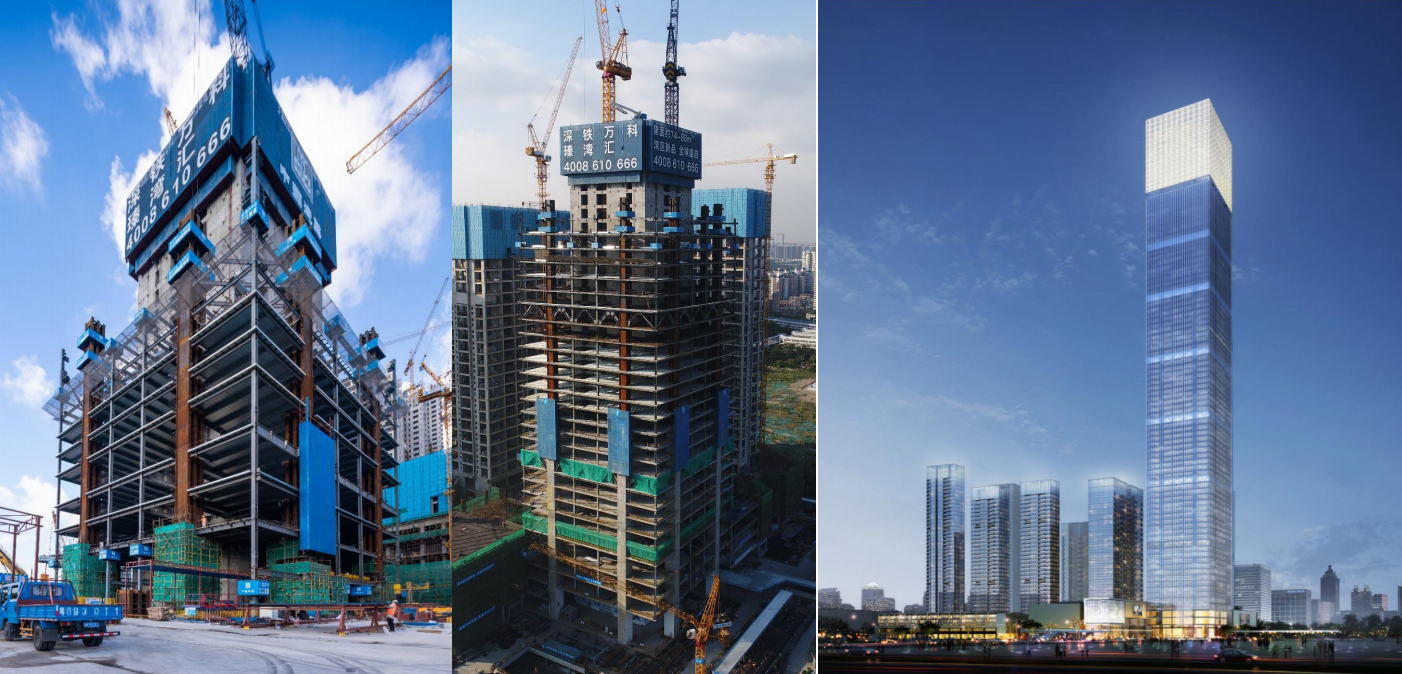Corrosion Resistance
1.Properly designed and constructed steel structures provide long-term durability.
Laboratory and field exposure tests on steel structures built to industry standard practices demonstrate excellent service life.
2.Building codes and industry standards require that steel structures be designed to tolerate corrosion or be protected against corrosion where corrosion may impair strength or serviceability.
3.Barrier coatings (such as paint) are readily available to coat the steel surface and isolate it from water and oxygen. Without water and oxygen, the steel cannot corrode.
4.When further protection is needed, zinc coatings (such as galvanized) are available to provide sacrificial protection as well as barrier protection. When the base metal of a zinc-coated steel is exposed, such as at a cut or scratch, the steel is cathodically protected by the sacrificial corrosion of the zinc coating adjacent to the steel.
5.When there are severe exposure conditions, such as industrial atmospheres and marine atmospheres, higher-performance coatings are available.
6.For fabricated structural steel, HSS and open web steel joists, a variety of shop and field-applied paint and zinc coatings are available.
7.For sheet steel, a variety of hot-dip galvanized coatings applied by the steel mill and/or paint coatings applied by a coil coating line are economical and readily available. These coatings are applied to the sheet steel prior to the coil being shipped to the manufacturer for roll forming of the finished product.
8.Zinc-coated steel, which is standard for cold-formed steel framing, will last far beyond the life of a building when properly installed and insulated, and is especially appropriate in the high-demand structural configurations of mid-rise construction.
Industry guidance is readily available from the steel construction associations. Following are some suggested resources:AISC Design Guide 3: Serviceability Design Considerations for Steel Buildings (Second Edition).

Mold Resistance
1.Steel framing is resistant to mold since it is inorganic and does not provide a food source for mold to grow.
2.Steel framing can help resist the onset and growth of mold since its framing members are dimensionally straight and connected mechanically (screwed vs. nailed), offering a tight envelope with no nail pops or drywall cracks (e.g., where the roof meets the walls). This makes the building structure stronger and more resilient.
3.Ventilation is efficiently built into a steel-framed design, and energy efficiency is maintained or increased due to steel's inorganic properties.
4.Moisture does not get into steel studs, substantially eliminating the expansion and contraction of construction materials around windows and doors, where leaks can occur.
Vermin Resistance
1.Termites cause more damage to structures than fire, floods, and storms combined. Of particular concern is the Formosan termite, one of the most destructive termite species in the world. Originally limited to Hawaii, it is now well established throughout the southern United States around the Gulf Coast and spreading rapidly.
2.Steel framing is not vulnerable to termites since it is inorganic and does not provide a food source for them.
3.Cold-formed steel is one of the recognized methods for compliance with the termite-resistant construction requirements of the International Residential Code.
There is no need for annual termite treatments with steel.
4.Cold-formed steel provides a healthy building with no off-gassing from chemical termite treatments or pressure-treated lumber.
5.Termite damage is rarely covered by insurance. Building with steel allows owners to avoid costly problems later.